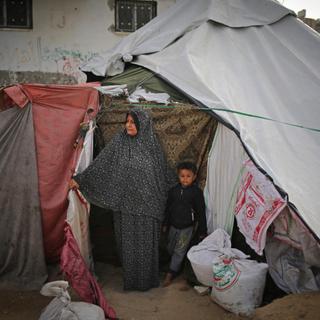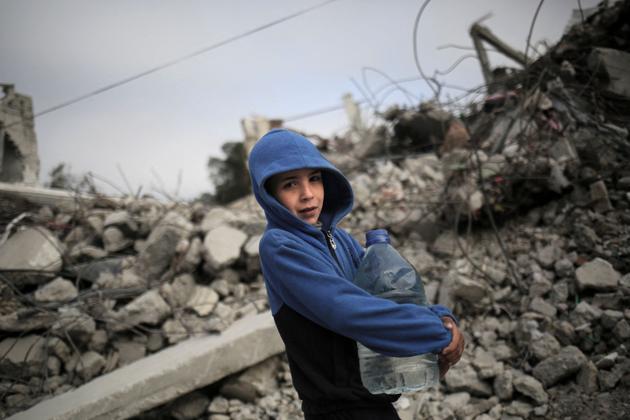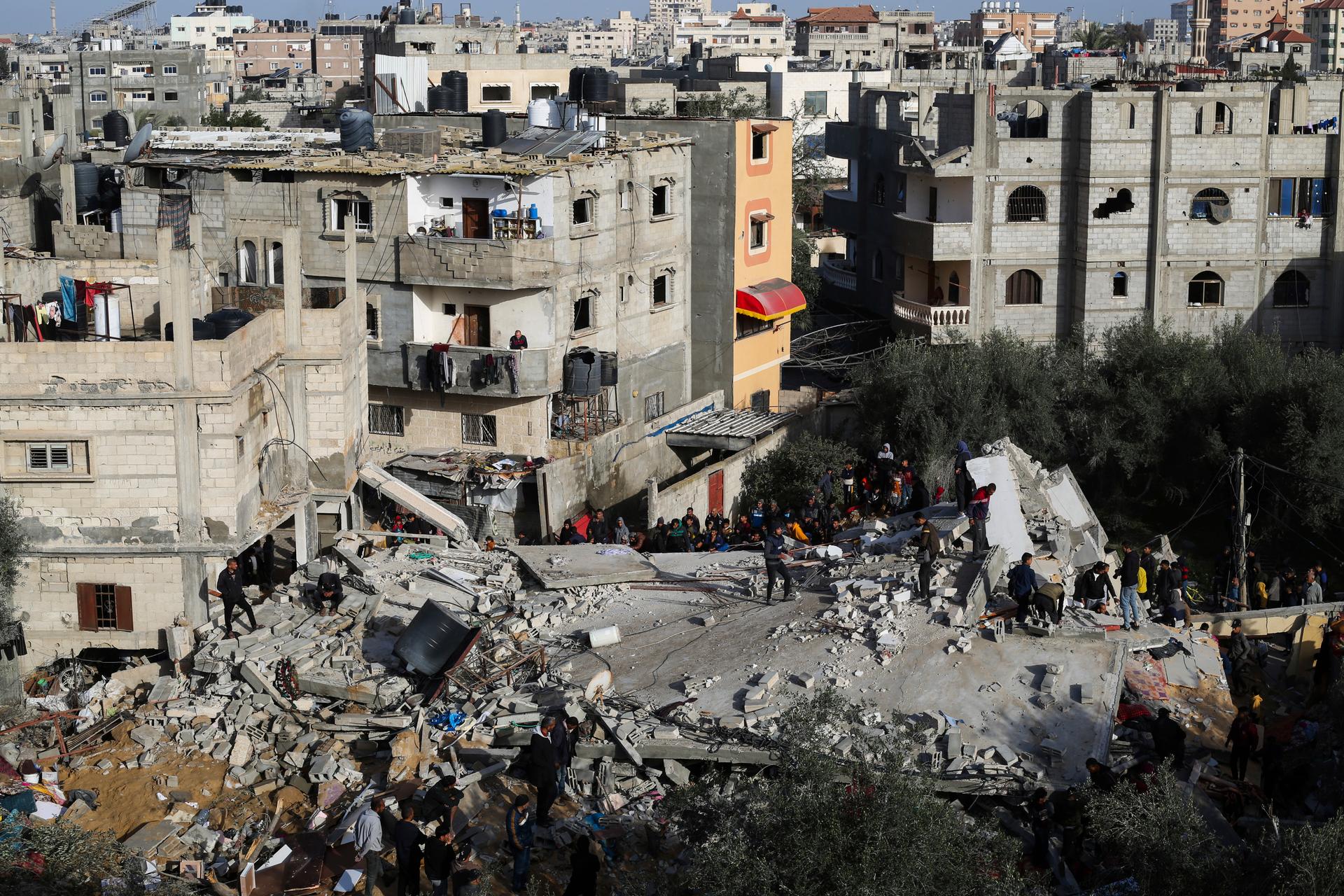


In Rafah, Gazans struggle to survive under the constant threat of Israeli attacks
NewsStuck at the still-closed Egyptian border, more than a million Palestinians barely survive, traumatized, in an area of around 64 square kilometers.
In the heart of Rafah's suburbs, crowds are constantly on the move, trying to survive. Here, according to testimonies from the enclave which still closed to foreign journalists, a large group waited outside a bakery; there, a line stretched out to collect brackish water that is barely drinkable. The streets of this large city at the southern end of the Gaza Strip, barely large enough to absorb its 270,000 inhabitants before the war, are overflowing, with occasional pedestrian traffic jams.
Driven by the intense bombardments ravaging the enclave and dozens of evacuation orders from the Israeli army, more than a million Palestinians are now crammed into the Rafah governorate, a 64-square-kilometer nightmare that has become the end of the world, along the impenetrable wall separating Gaza from Egypt's Sinai desert.


The refuge city is the last to survive in the narrow coastal strip that has been transformed into a field of ruins by the fury of Israeli weapons. The surviving displaced people have so far escaped a ground invasion, but the thud of explosions and the hum of drones are almost constant.
"Right now, despite the time, there are still bombings," wrote Khaled Al-Afranji to Le Monde in a message sent at 1 am – the unstable communications network doesn't allow him to make calls. This father of three and some of his in-laws – 22 people in all – share a room measuring "four by four meters" in a kindergarten. "We eat, drink, do the laundry, sleep... all here."
The family first fled Gaza City to take refuge in Nusseirat, in the center of the enclave. Then, pushed further south, they landed in Khan Yunis and finally in Rafah. Khaled's niece, Bissan Alkolak, lived with them in the small room of the kindergarten. She managed to leave and fly to the United Arab Emirates in mid-February. "From October 7 until I left the Gaza Strip, I didn't see my hair! I slept with a headscarf on. We hung a sheet in a corner and changed behind it. Three toilets were shared by the whole school. They were awful, there was no water," she recalled over the phone. She used a bucket to wash herself every 21 days, when the municipal water supply was available.

Respiratory diseases, diarrhea and hepatitis A soared
To try to best split up the limited space, one of the aunts bought a tent – made of plastic and wooden pillars – which she paid almost $1,000 (around €920) to erect where there was still room. These makeshift shelters have spread in Rafah, hastily erected in fields, streets and gardens. They leak at the slightest downpour; in the muddy alleyways of these makeshift camps, rubbish, sewage and rainwater sometimes mix, despite the efforts of the displaced people. Cases of respiratory diseases, diarrhea and hepatitis A have soared.
You have 59.43% of this article left to read. The rest is for subscribers only.
